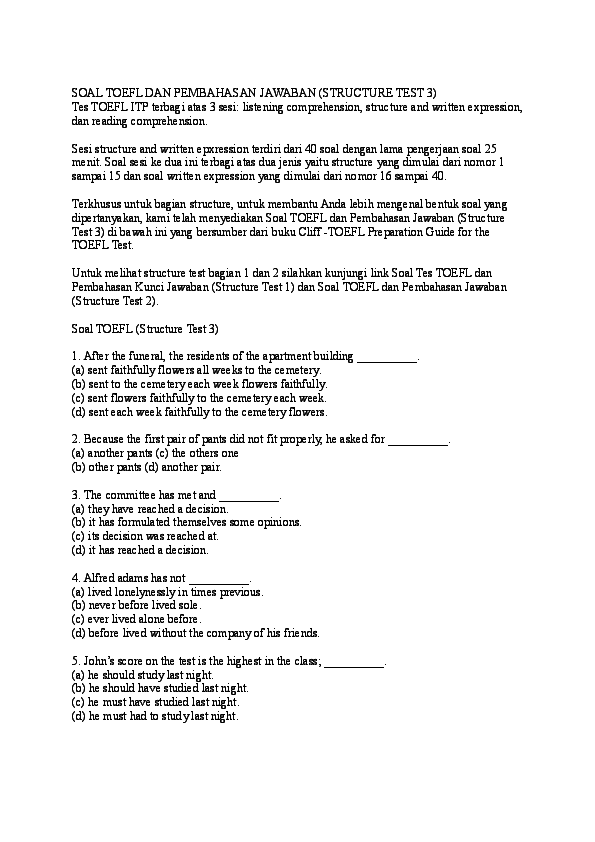Pdf Mga Wika At Dayalekto Sa Pilipinas7278589
Ibat-ibang anyong lupa Kapatagan - isang lugar kung saan walang pagtaas o pagbaba ng lupa, patag at pantay ang lupa rito. Maaaring itong taniman ng mga palay,mais,at gulay.
Bundok - isang pagtaas ng lupa sa daigdig, may matatarik na bahagi at hamak na mas mataas kaysa burol. Bulkan - isang ur i ng bundok sa daigdig na kung saan ang tunaw na bato ay maaaring lumabas dito mula sa kailaliman ng daigdig. May dalawang uri ng bulkan, una ang tinatawag na tahimik na kung saan matagal na Hindi ito sumasabog, tulad ng Bulkang Makiling na matatagpuan sa lalawigan ng Laguna; at ang ikalawang uri naman ay aktibo na kung saan maaari itong sumabog anumang oras. Mapanganib ang ganitong bulkan. Maaari itong sumabog at magbuga ng kumukulong putik at abo.

Aug 25, 2017 - “ANG TINATAWAG na 'mga wika ng Filipinas' ay ang iba't ibang wikang. Wika ay may mga sanga at tinatawag na mga diyalekto na maaaring.
Halimbwa nito ay ang bulkan ng Pinatubo. Burol - higit na mas mababa ito kaysa bundok at ang halimbawa nito ay ang tanyag na Chocolate Hills ng Bohol sa Pilipinas. Pabilog ang hugis nito at tinutubuan ng mga luntiang damo sa panahon ng tag-ulan at kung tag-araw ay nagiging kulay tsokolate. Lambak - isang kapatagan ngunit napaliligiran ng mga bundok. Marami ring mga produkto tulad ng gulay, tabako, mani, mais, at palay ang maaaring itanim dito. * Talampas - patag na anyong lupa sa mataas na lugar. Maganda ring taniman dahil mataba ang lupa rito.
Malamig at mahangin sa lugar na ito. Tangway - isang pahaba at naka-usling anyong lupang na halos napalilibutan ng tubig. Baybayin - bahagi ng lupa na malapit sa tabing dagat Bulubundukin - matataas at matatarik na bundok na magkakadikit at sunud-sunod. Pulo - mga lupain na napalilibutan ng tubig. Geography study the locations and distributions of features on the earth's surface. These features may be the landmarks of human occupation or the properties of the natural environment, or both (Blij 1994: 2). Geography plays a key role in the understanding of a culture.
The environment and physical geography shape a culture's traditions and daily activities. In order to survive, a culture must adapt to its environment.
This lesson examines the geographical features of the Philippines in order for students to understand why a culture must adapt to its environment, and how these features can affect their location. Part 1 of the lesson introduces the geography of the Philippines, by comparing the basic traits to those of the United States. It also gives the students an opportunity to study the physical geography using an atlas. Students will locate a number of geographical features, and cities on a map. Students will be quizzed on the map they have compiled. Part 2 of the lesson allows students to study the population density of the Philippines in comparison with that of the US.
Free fractal downloads.  This lesson helps students understand where people are located in the Philippines. Part 3 of the lesson focuses on monsoons. The students will learn what a monsoon is and how monsoonal climatic changes affect peoples in the Philippines.
This lesson helps students understand where people are located in the Philippines. Part 3 of the lesson focuses on monsoons. The students will learn what a monsoon is and how monsoonal climatic changes affect peoples in the Philippines.